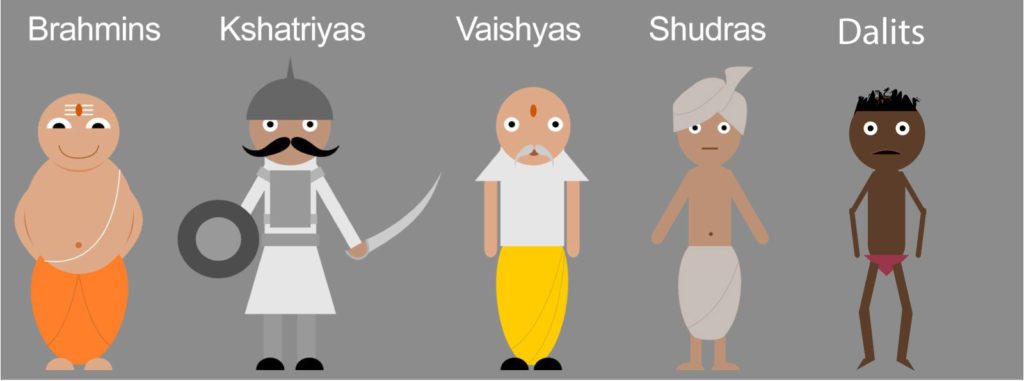Title: Breaking the Chains of Casteism: Towards an Equal and Inclusive Society
Introduction
Casteism, an age-old social issue deeply rooted in the Indian society, continues to hinder progress and perpetuate inequality. Despite significant advancements and social reforms, the remnants of this discriminatory system still persist, affecting the lives and aspirations of millions of individuals. In this blog, we delve into the harmful impact of casteism and explore ways to eradicate this social evil, fostering a society based on equality, dignity, and inclusivity.
Understanding Casteism
Casteism is a social hierarchy that categorizes individuals into rigid, hereditary groups, determining their social status, occupations, and opportunities. This system places individuals in a hierarchical order, with those at the top enjoying privileges and power, while those at the bottom face marginalization, discrimination, and limited access to resources and opportunities. Caste-based discrimination manifests in various forms, including economic exploitation, social exclusion, denial of education, unequal access to healthcare, and restricted mobility.
The Consequences of Casteism
Casteism creates a deep divide within society, perpetuating discrimination and inequality. It limits social mobility, stifles talent, and restricts opportunities for those belonging to lower castes. Caste-based discrimination affects all aspects of life, from education and employment to marriage and social interactions. It not only denies individuals their basic human rights but also hampers societal progress by excluding a significant portion of the population from participating fully in the nation’s development.
Challenging Casteism: The Way Forward
1. Education and Awareness: Education plays a pivotal role in challenging casteism. By promoting inclusive curricula that educate students about the evils of casteism and the importance of equality, we can raise awareness and foster empathy from a young age. It is crucial to highlight the achievements and contributions of individuals from marginalized castes, breaking stereotypes and fostering a more inclusive narrative.
2. Legal and Policy Reforms: Strengthening existing laws against caste-based discrimination and ensuring their effective implementation is essential. Additionally, affirmative action policies, such as reservations in education and employment, can provide opportunities for marginalized communities and help bridge the socio-economic gap.
3. Empowerment and Economic Opportunities: Empowering individuals from marginalized castes through skill development programs, entrepreneurship initiatives, and access to credit can help break the cycle of poverty and enable economic independence. Encouraging and supporting caste-diverse businesses and enterprises can promote inclusive growth and reduce dependency on traditional caste-based occupations.
4. Social and Cultural Transformation: Challenging deeply ingrained social norms and stereotypes requires collective efforts. Promoting inter-caste marriages, fostering inter-caste friendships, and organizing community events that celebrate diversity can help dismantle caste barriers and foster social cohesion.
5. Dialogue and Advocacy: Open and constructive dialogue about casteism is crucial for change. Platforms for discussions, public debates, and awareness campaigns can help challenge ingrained prejudices, dispel myths, and foster a culture of equality and inclusivity.
Conclusion
Casteism continues to be a significant challenge, hindering the progress of individuals and society as a whole. However, by acknowledging its existence and collectively working towards its eradication, we can build a society that values equality, dignity, and inclusivity. It is imperative to challenge caste-based discrimination at every level, whether through education, legal reforms, economic empowerment, or social transformation. Together, we can break the chains of casteism and pave the way for a brighter and more equitable future for all.




